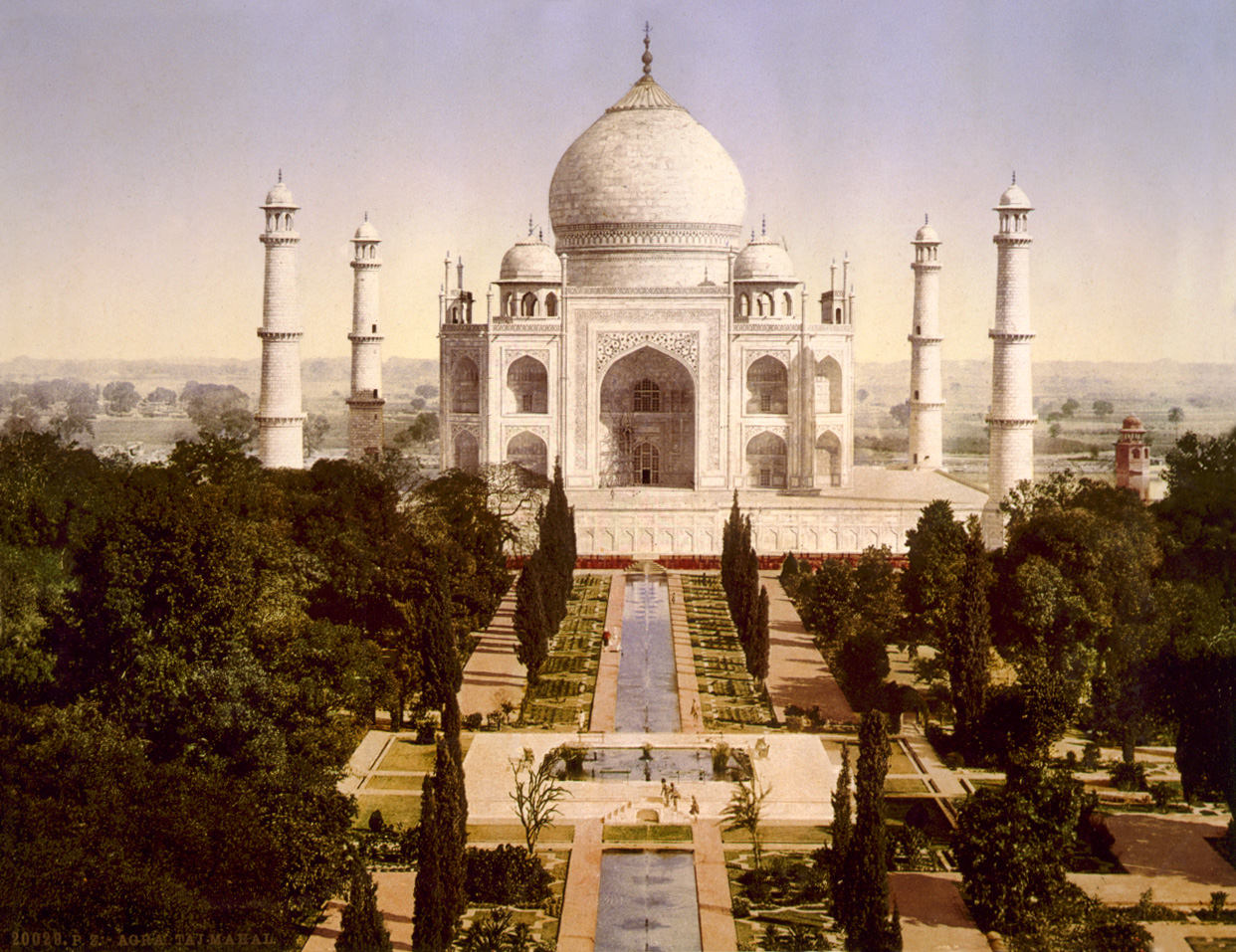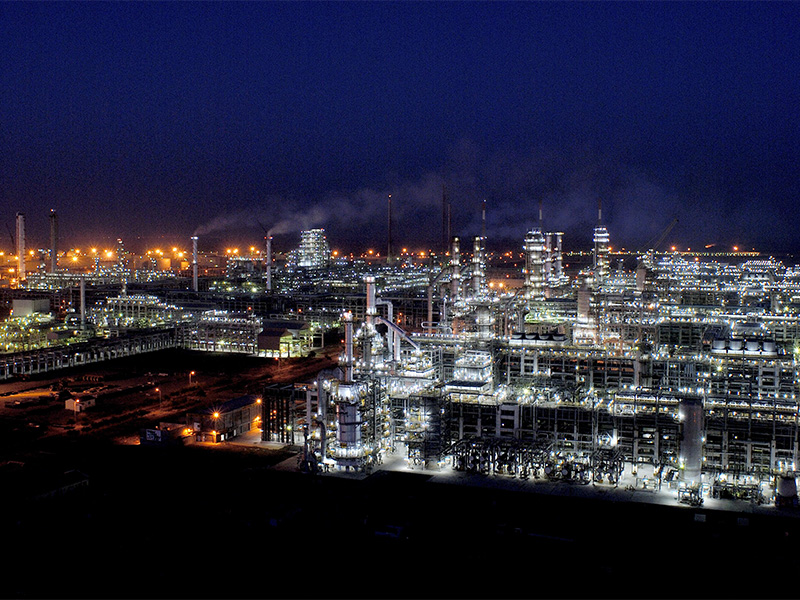
Air pollution is a serious problem worldwide. Burning of fossil fuels, excess vehicular traffic, and lack of green spaces to absorb emissions, are causing clogged skies and public health dangers. Case in point, this month: India.

Those who visited India’s famed Taj Mahal may not have been able to see the iconic monument this month. Air pollution fogged India’s skies. New Delhi, home to 35 million people, closed schools and warned residents to stay indoors if possible. NASA’s satellite images showed dense smoke over the landscape. But more troubling was the cause: particulate matter toxins and pollutants so tiny they can pass into human (and animal) airways to cause illness and chronic conditions.

Seasonal – in November, farmers clear straw after the rice harvest: it’s known as “stubble burning.” That practice increases normal pollution levels caused by domestic fires for heating and cooking, as well as smog from industry and vehicles.

Fireworks: Added Danger – add to present air problems the joyous feast of Diwali, occasion for sky-illuminating, but also air-polluting, fireworks and air pollution becomes more serious. After Diwali, transport authorities are considering calling for an alternation of traffic days, allowing certain vehicles on the road every odd/even day. In some global locations, during seasonal festivals, many cities opt for aerial drone displays rather than traditional fireworks.
Regional – as New Delhi experiences air quality issues, Lahore, Pakistan, home to 13 million people, has also recommended schools, shopping malls, and some businesses, close temporarily. The air quality index (AQI) reached a hazardous level. Air pollution is a transboundary problem.

Pollution Effects Worldwide – 1 in 5 deaths worldwide can be traced to illnesses initiated or worsened by air pollution from fossil fuel combustion. Researchers from the University of Birmingham, University of Leicester, University College, London, and Harvard University found that 8 million people died from causes linked to air pollution in 2018; since then, things have gotten worse.

Circle of Danger – the closer you live to a fossil fuel production facility, the more pollutants you may encounter. Toxins entering the air, and your lungs, include benzene, carbon dioxide, ethylbenzene, formaldehyde, methane, toluene, and xylene. The term for some of these substances is Volatile Organic Compound (VOC). In the United States, there are over 1 million active production wells, natural gas compressor stations, and processing plants, with 12 million people living within 1/2 mile (0.8 kilometer) – the circle of danger.

Want to find out if your business, home, or school is within the toxic zone? If you live in the United States, you can track your location on the THREAT MAP.
Atwoli, Lukoye, et al., “Call for emergency action to limit global temperature increases, restore biodiversity, and protect health.” September 2021. The Lancet, Volume 398, Issue 10304, p939-941, September 11, 2021. https://www.thelancet.com/journals/lancet/article/PII0140-6736(21)01915-2/flltext#%20
Burrows, Leah. “Deaths from fossil fuel emissions higher than previously thought.” 9 February 2021. Harvard Gazette. https://seas.harvard.edu/news/2021/02/deaths-fossil-fuel-emissions-higher-previously-thought
Clean Air Task Force. “Fossil Fumes.” 15 September 2022. https://www.catf.us/resource/fossil-fumes-public-health-analysis/
Mogul, Rhea. “This megacity is the latest to shut down as pollution chokes swathes of South Asia.” 10 November 2023 CNN. https://www.cnn.com/2023/11/10/asia/pakistan-india-pollution-new-delhi-lahore-intl-hnk?cid=ios_app
Patel, Kasha. “The smog choking this Indian city is visible from space.” 9 November 2023. The Washington Post. https://www.washingtonpost.com/climate-environment/2023/11/09/india-air-quality-smog-new-delhi/
Vohra, Karn et al., “Global mortality from outdoor fine particle pollution generated by fossil fuel combustion: Results from GEOS-Chem.” Environmental Research, Volume 195, April 2021, 110754. https://www.sciencedirect.com/science/article/abs/pii/S0013935121000487
Building the World Blog by Kathleen Lusk Brooke and Zoe G. Quinn is licensed under a Creative Commons Attribution-NonCommercial-NoDerivs 3.0 U
